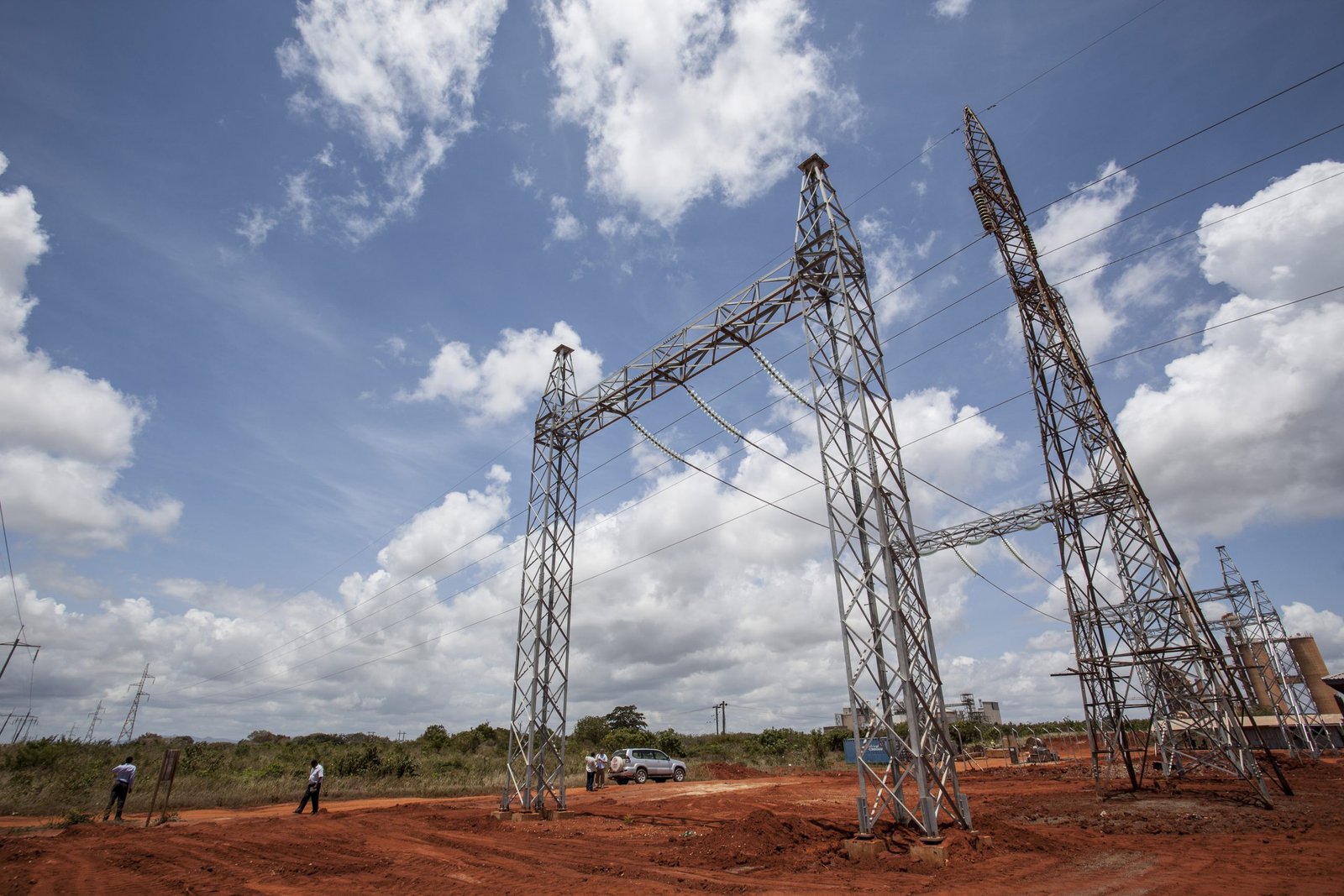Tanzania’s 400kV Transmission Line: Powering Economic Growth Through Infrastructure

Tanzania is undertaking a transformative upgrade of its electricity network with the 400-kilovolt (kV) Chalinze–Zuzu transmission line, a project that is set to establish Dodoma as a national hub for electricity distribution. By linking the Julius Nyerere Hydropower Project (JNHPP) to regions across the Northern, Lake, Southern Highlands, Central, and Western zones, the line will supply electricity to mines, industries, and urban centers while facilitating cross-border energy trade in eastern and southern Africa.
The project, valued at 513 billion Tanzanian shillings, is a critical component of the government’s energy strategy. Tanzania has identified reliable, high-capacity transmission as a precondition for industrialization and investment. By enabling more efficient power flow from JNHPP, the line addresses long-standing constraints in energy transmission and contributes to stabilizing the national grid.
Infrastructure and Economic Implications
Stretching 345 kilometres, the Chalinze–Zuzu line represents one of the largest infrastructure undertakings in the country’s electricity sector. It is expected to enhance Dodoma’s strategic position, allowing electricity delivered to the capital to be efficiently transmitted to surrounding regions.
The economic significance of such infrastructure investment is multi-dimensional:
- Industrial Expansion: Reliable electricity mitigates production interruptions and lowers operational costs, making Tanzania more attractive to manufacturers and processors.
- Investment Signals: Infrastructure upgrades demonstrate a commitment to utility reliability, improving the country’s investment climate and potentially attracting foreign direct investment.
- Regional Integration: By strengthening transmission capacity, Tanzania positions itself as a regional energy hub capable of participating in cross-border electricity trade.
- Urban and Rural Development: Improved power reliability supports commerce, small businesses, and essential services, fostering inclusive economic growth.
By directly linking hydropower generation to an expanded transmission network, Tanzania is creating the backbone for sustained economic productivity and industrialization.
Progress and Challenges
Construction began in November 2024, with an expected completion milestone of 31 per cent by mid-2025. Progress currently stands at 24 per cent, reflecting challenges typical of large-scale infrastructure projects, including logistics, procurement, and contractor coordination. TANESCO has disbursed 107 billion shillings to TBEA of China, the contractor, with the project consultant receiving 15 per cent of their fees.
Government oversight has intensified following delays, with the Deputy Prime Minister and Minister for Energy, Dr. Dotto Biteko, directing the contractor to accelerate work and recover lost time. Authorities emphasize the strategic importance of the line for national power supply, regional energy trade, and economic development.
Economic Perspective
The Chalinze–Zuzu line is not merely an engineering project; it is a driver of economic transformation. Reliable electricity reduces costs for businesses, enhances productivity, and encourages industrial diversification. By improving access and grid stability, the transmission line also increases the resilience of urban and industrial centers, a critical factor as Tanzania pursues rapid urbanization and broader economic development.
As Dodoma becomes a hub in the national grid, the project strengthens both the capital’s and the country’s position in regional energy markets. The expected multiplier effects—higher industrial output, expanded trade, and improved service delivery, illustrate how targeted infrastructure investment can serve as a lever for inclusive growth.
This transmission line underscores a broader pattern in Tanzania’s development strategy: infrastructure-led economic growth. By integrating large-scale generation with modern transmission networks, Tanzania is creating the conditions for industrial expansion, enhanced investment, and regional integration. The Chalinze–Zuzu project is a visible marker of the country’s commitment to leveraging infrastructure as a foundation for long-term economic resilience and competitiveness.
